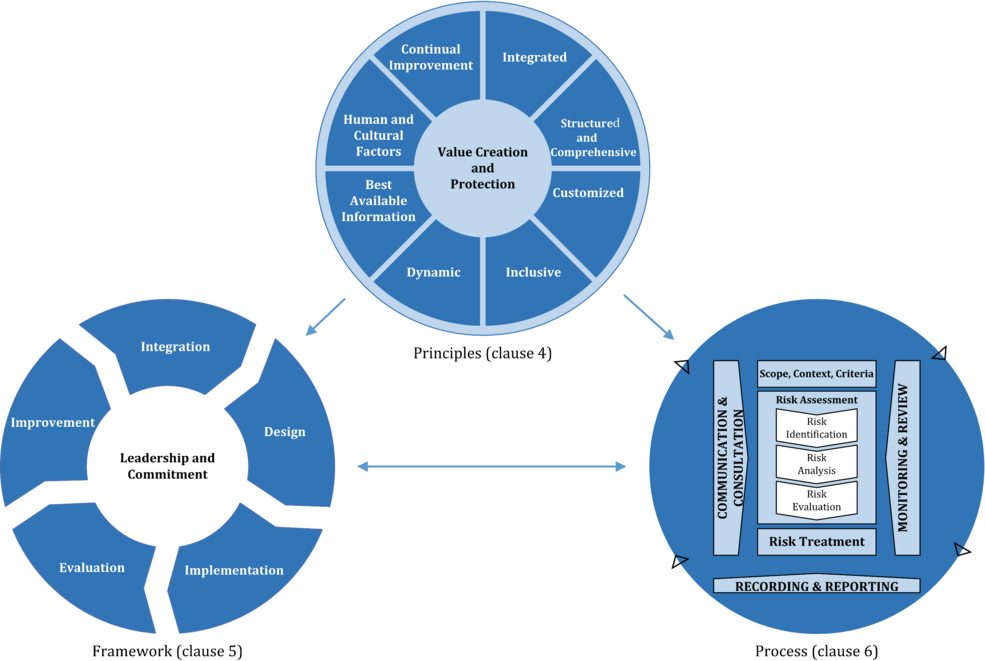Managing your Cyber Risk
Managing risk is a core requirement for any organisation, large or small. In simple terms, risk management is about taking steps to prevent unwanted events from happening, or at least reducing the impact of such events if or when they do happen. Another common definition of risk is ‘the effect of uncertainty on objectives’, so we need to consider what our objectives are, and what uncertain events or circumstances might prevent us from achieving our objectives.
Every organisation takes risks in one way or another – it is just a part of everyday decision making. Not all risks are detrimental or negative – there are also positive risks, which we call opportunities. Organisations that manage risk well put themselves in a position to limit the impact of threats (negative risks) and take advantage of opportunities (positive risks). They have a well defined risk appetite – which means they have decided the amount and type of risk that the organisation is willing to take in order to achieve their strategic objectives.
Cybervisory can work with your organisation to help develop and implement your Cyber Risk Management strategy. We follow the well-established risk management guidelines as defined in ISO31000:2018, and ISO27005:2022 to help you implement a framework for operational excellence by aligning your cyber risk appetite with workable strategies. Our risk management strategies can help your organisation stay ahead of threats and respond decisively to cyber incidents should they occur. Talk to us today about developing a risk management system to support your business objectives.






